The rapid adoption of AI tools in content creation has transformed the way digital marketers, SEO specialists, and content writers operate.
As artificial intelligence becomes integral to generating blogs, articles, and landing page copy, businesses are leveraging AI for efficiency and scale. However, with these opportunities come risks, chief among them the challenge of duplicate content. Duplicate content can trigger search engine penalties, erode trust signals, and hamper ranking potential.
In this article, we will delve into why duplicate content is a serious SEO issue and provide actionable, expert-level guidance on how to prevent duplicate content when using AI tools responsibly.
Why Duplicate Content Matters?
When multiple pages contain substantially similar or identical text, search engines may struggle to decide which version to index and rank, potentially leading to ranking dilution or removal from search results. Google’s guidelines emphasize high-quality, unique content; failure to meet these standards can result in manual actions or algorithmic penalties.
In this post, you will discover:
- What duplicate content means in SEO contexts.
- The rise of AI content creation: opportunities and inherent risks.
- Google’s current view on AI-written content (as of 2025).
- Common causes of duplicate content when using AI tools.
- Tools and techniques to detect and prevent duplication.
- Best practices for training AI models and human-led editing.
- Technical fixes like canonical tags and meta data.
- Special considerations for niche industries and content distribution strategies.
- A final checklist to ensure your AI-assisted content remains original and SEO-friendly.
By following these advanced strategies, you can harness AI’s power without compromising originality or risking penalties, thereby boosting your search visibility and authority.
Let’s dive in.
What is Duplicate Content in SEO?
Duplicate content refers to substantive blocks of content that are identical or very similar across multiple URLs, whether within the same domain or across different domains.
According to Google, duplicate content can be “exact or near-duplicate” text that may cause search engines to struggle when determining which version to index and display in search results .
Types of Duplicate Content:
- Internal Duplicate Content: Occurs when multiple pages on your own site contain very similar or identical text (e.g., printer-friendly pages, session IDs in URLs, or category pages with overlapping descriptions).
- External Duplicate Content: When content on your site appears elsewhere on other domains, intentionally (syndication) or unintentionally (copied or scraped by third parties).
SEO Implications:
- Ranking Dilution: When similar pages compete, search engines may choose one version to rank or dilute signals across multiple URLs.
- Indexing Issues: Search engines may not index all versions, leading to missed opportunities for targeting specific queries.
- Penalty Risk: While Google rarely issues outright penalties for non-malicious duplicates, large-scale or deceptive duplication (like spun content) can trigger manual actions under spam policies :contentReference[oaicite:2]{index=2}.
- User Experience: Repetitive content frustrates users and undermines brand credibility.
Key Point: Understanding duplicate content is foundational. When integrating AI-generated text, ensuring uniqueness is paramount to maintain SEO health.
The Rise of AI Content: Opportunities and Risks
AI-driven content generation has surged in popularity due to tools like GPT-4, ChatGPT, and specialized writing assistants. The benefits include:
- Efficiency: Rapid generation of initial drafts, outlines, and content ideas, reducing time-to-publish.
- Scalability: Ability to produce large volumes of content, supporting broad topic coverage and frequent updates.
- Cost Savings: Lower reliance on manual writing for first drafts, freeing human writers for higher-value tasks.
However, risks arise:
- Duplication Risks: AI models often train on large corpora of existing web content. Without careful prompting and editing, AI-generated text can inadvertently mirror existing text, leading to duplicate or near-duplicate content across sites.
- Quality Concerns: AI can produce generic, shallow, or factually incorrect content requiring rigorous human oversight.
- Spam Policies: Excessive reliance on AI-generated volumes may trigger Google’s “scaled content abuse” actions, especially if the content adds little unique value.
Strategic Imperative: To leverage AI effectively, integrate human expertise at key stages: prompt engineering, editing, fact-checking, and optimization. This hybrid approach maximizes efficiency while safeguarding originality and quality.
Must Read- 10 Must-Try AI Content Creators To Boost Your Productivity
How Google Views AI-Written Content in 2025
As of mid-2025, Google’s stance on AI-generated content emphasizes quality and user value over the mere origin of text. Google Search Central clarifies that “appropriate use of AI or automation is not against our guidelines” as long as content is not created primarily to manipulate rankings, but instead serves user needs with expertise and originality.
Key takeaways from Google’s guidance and observed updates:
- Quality Over Origin: Google rewards high-quality content, regardless of whether it was generated by AI or humans, provided it meets user intent and exhibits E-E-A-T (Experience, Expertise, Authoritativeness, Trustworthiness) principles.
- Human Oversight Required: AI tools should assist, not replace, human writers. Google manual actions have targeted sites publishing large volumes of unvetted AI content with little added value.
- Transparency Considerations: While not mandatory to disclose AI use, transparency about content creation processes can build trust with users and stakeholders.
- Quality Rater Guidelines: Recent updates indicate raters may assign a “Lowest” rating to automated or AI-generated content lacking originality or helpfulness, impacting how algorithmic evaluations perceive such content.
Implication for Marketers: Focus on human-led editing, fact-checking, depth of insights, and unique perspectives when using AI-generated drafts. Incorporate multimedia assets, case studies, and proprietary data to differentiate content. This approach aligns with Google’s emphasis on genuine value, ensuring AI-assisted content supports SEO rather than undermining it.
Key Causes of Duplicate Content with AI Tools
Understanding how AI tools may inadvertently produce duplicate content helps in devising prevention strategies. Common causes include:
- Overly Generic Prompts: Using broad prompts can yield boilerplate text that overlaps with existing content online. Without specificity, AI may generate standard definitions or common phrasing prevalent across the web.
- Repetitive Prompting: Generating multiple articles on similar topics with minimal prompt variation can lead to near-identical paragraphs or structures.
- Insufficient Contextual Input: Failing to provide unique brand voice guidelines, proprietary data, or niche angles means AI defaults to general knowledge, increasing similarity risks.
- Lack of Post-Generation Editing: Publishing AI outputs verbatim without human revision can let unintentional matches slip through, triggering duplication issues.
- Mass Syndication without Variation: Republishing AI-generated content across multiple domains or pages without customizing for each audience leads to external duplicate content concerns.
Tip: Develop detailed prompt templates that include context, unique angles, and brand-specific instructions. Always plan for human editing workflows that reframe, expand, or localize AI-generated drafts.
Tools to Detect Duplicate Content (Free and Paid)
Regularly scanning for duplicate content is critical when using AI. Both free and paid tools can identify internal and external duplication:
- Copyscape: Widely used for external duplicate checks. Enter your content or URL to find matching pages across the web. Paid credits for deeper scans. :contentReference[oaicite:10]{index=10}
- Siteliner: Free tool for internal duplicate detection, identifying similar pages within your domain, broken links, and overall site health. Useful for spotting near-duplicates.
- Grammarly Plagiarism Checker: Premium feature checks content against billions of web pages and academic databases. Helpful for AI drafts.
- SEMrush Site Audit / Content Audit: Paid SEO suites like SEMrush offer content audit modules for duplicate content detection and suggestions.
- Ahrefs Site Audit: Identifies duplicate page titles, meta descriptions, and content similarity metrics across pages.
- Surfer SEO: Built-in plagiarism checks and real-time editing suggestions to maintain uniqueness.
- Manually Using Google Search: Quote unique sentences in search operators (e.g., “exact sentence from draft”) to see if matches exist. Time-consuming but effective for spot checks.
Workflow Suggestion: Integrate duplicate checks at multiple stages: initial draft review, pre-publication check, and periodic audits. Automate alerts via site audit tools combined with manual spot checks for thorough coverage.
Must Read- 7 Tips for Creating Great Blog Titles for SEO & Readers
How to Train AI Models to Create Unique Content
While many use general-purpose AI models out-of-the-box, customizing or fine-tuning AI can reduce duplication risks:
- Custom Prompts with Context: Provide AI with detailed instructions: brand voice, target audience personas, proprietary data, case studies, and specific angles. E.g., “Write a 800-word article on HVAC maintenance for suburban homeowners in [City], incorporating our unique case study about energy savings, and avoid generic definitions.”
- Few-Shot Examples: Supply AI with examples of desired style or structure. By showing AI high-quality, original content samples, you steer generation away from generic outputs.
- Fine-Tuning Models: For enterprises, fine-tuning open-source models on proprietary corpora (your existing unique content) can bias AI outputs toward your brand’s terminology and perspectives. This approach demands technical expertise and compliance with training data licenses.
- Iterative Prompt Refinement: Analyze initial outputs for similarity to existing content. Adjust prompts by adding constraints (e.g., “Do not use standard definitions found on Wikipedia; instead, reframe with original metaphors or examples”).
- Use AI as Assistant, Not Author: Let AI generate outlines, bullet points, or draft sections. Human writers rework these drafts by injecting unique insights, anecdotes, and research findings, ensuring the final content is distinctive.
Key Reminder: The goal is not to trick AI into perfect originality but to use AI-generated drafts as springboards. Human creativity and expertise remain central to producing content that stands out.
Best Practices for Human-Led AI Editing and Fact-Checking
Human oversight is the linchpin in preventing duplicate content and ensuring factual accuracy:
- Thorough Review: Editors should read AI drafts end-to-end, identifying generic or stock phrases and replacing them with unique angles, examples, or case studies from your business or industry.
- Fact-Checking: Verify all statistics, claims, and references the AI includes. Cross-reference authoritative sources and update figures as needed. Incorrect data can harm credibility and SEO.
- Inject Unique Insights: Add proprietary research, customer success stories (e.g., how Penguin penalty recovery services delivered results), or expert interviews to differentiate content from generic AI outputs.
- Optimize for SEO: Ensure primary and secondary keywords (e.g., “duplicate content,” “AI content originality,” “SEO best practices”) are naturally integrated into headings, subheadings, and body text, avoiding keyword stuffing. Include related terms like “content duplication,” “AI content pitfalls,” etc.
- Readability and Voice: Adjust tone to match brand personality—formal, conversational, or industry-specific jargon. Use tools like readability checkers to maintain appropriate reading levels for your audience.
- Plagiarism Check: Run final drafts through plagiarism detectors (e.g., Copyscape, Grammarly) to catch any unnoticed overlaps. Address flagged sections by rewriting or adding citations.
Editor’s Checklist:
- Identify and remove generic boilerplate phrases.
- Confirm all facts and figures with authoritative sources.
- Add brand-specific stories, examples, and insights.
- Ensure SEO best practices: optimized headings, internal/external links, meta data.
- Run final duplicate check before publication.
Canonical Tags, Meta Data & Technical Fixes
Beyond content creation, technical SEO measures can manage unavoidable duplicates (e.g., printer-friendly pages, faceted navigation):
- Canonical Tags: Use
<link rel="canonical" href="https://example.com/preferred-url/" />to signal the preferred version when similar pages exist. This consolidates ranking signals to the canonical URL. - Meta Robots: For certain duplicates not intended for indexing (e.g., tag pages, archives), use
<meta name="robots" content="noindex,follow">to prevent indexing while preserving link equity. - 301 Redirects: When consolidating near-duplicate content or outdated pages, redirect them to a single comprehensive resource. This avoids split signals and enhances UX.
- URL Parameters Handling: Configure Google Search Console parameter settings or use
rel="canonical"to manage tracking or session parameters that create URL variants. - Meta Descriptions and Titles: Craft unique meta titles and descriptions for each page, even when content topics overlap. Avoid default or dynamically generated snippets that mirror page text.
- Structured Data: Implement schema markup (e.g.,
Article,FAQ) to provide additional context and differentiate content, aiding search engines in understanding unique aspects.
Example: If you maintain multiple pages about “soft washing services” for different regions, ensure each page includes region-specific details, customer testimonials, and unique FAQs, with canonical tags pointing to the most authoritative page if needed.
AI Content for Niche Industries
Niche sectors (e.g., specialized B2B services, technical fields) present unique challenges and opportunities:
- Deep Expertise Required: AI may lack domain-specific nuances (e.g., medical, legal, engineering). Human experts must refine AI outputs to ensure technical accuracy and originality. :contentReference[oaicite:34]{index=34}
- Proprietary Data Integration: Incorporate industry-specific data, case studies, or whitepapers into AI prompts so the content reflects unique insights not found elsewhere. :contentReference[oaicite:35]{index=35}
- Regulatory Compliance: In sectors governed by regulations (e.g., finance, healthcare), verify AI-generated statements against compliance requirements. Human review is non-negotiable. :contentReference[oaicite:36]{index=36}
- Local and Regional Variations: For businesses like local service providers (plumbing, HVAC, electrical), tailor AI content with local terminology, community references, and region-specific advice, avoiding generic national-level language. Link naturally to home services website design examples for local SEO.
- Competitive Differentiators: Use AI to draft competitor analyses or market overviews, then overlay with proprietary insights. This ensures content stands out.
Strategy: Position AI as a research assistant: have it compile general background, then task experts to expand with original viewpoints, data interpretations, and actionable recommendations.
Content Distribution vs. Duplication
Content distribution amplifies reach; duplication undermines SEO. Key distinctions and best practices:
- Repurposing vs. Republishing: Repurposing involves transforming content into different formats (e.g., blog post → infographic → video script), each with unique copy and context. Republishing the same text on multiple platforms without modification invites duplicate content issues.
- Syndication with Attribution: If syndicating to partner sites or platforms (e.g., Medium), ensure you either:
- Use canonical tags pointing back to the original article on your domain.
- Publish excerpt summaries with links to the full post on your site rather than full-text republication.
- Guest Posting: When contributing guest articles, provide unique content tailored to the host site’s audience. Avoid reusing existing AI-generated content. Instead, generate fresh angles or data-driven insights exclusive to that publication.
- Content Distribution Strategy: Develop a robust distribution plan (see What Is a Content Distribution Strategy?) that focuses on unique adaptations for each channel. For instance, optimize headlines, intros, and examples to match the platform’s audience.
- Social Snippets vs. Full Content: Share short excerpts, key takeaways, or infographics on social media, linking back to the complete AI-enhanced blog post on your site. This drives traffic without duplication.
Insight: Thoughtful repurposing leverages AI drafts for ideation while ensuring each distributed piece includes distinctive content and context, safeguarding SEO integrity.
Final Checklist to Avoid AI Duplication
- Prompt Strategy: Craft prompts with specificity, unique context, and brand voice guidelines.
- Draft Generation: Use AI for outlines and rough drafts, not final copy.
- Human Editing: Thoroughly revise AI drafts, inject proprietary insights, and remove generic phrasing.
- Fact-Check & Accuracy: Verify data, update statistics, and cite authoritative sources.
- Duplicate Checks: Run drafts through plagiarism/deduplication tools (Copyscape, Siteliner, Grammarly). Address flagged sections by rewriting.
- SEO Optimization: Integrate keywords naturally, optimize headings (H2/H3), meta titles, and descriptions uniquely for each page.
- Technical SEO: Implement canonical tags, proper URL parameter handling, and noindex tags where appropriate to manage near-duplicate pages.
- Content Differentiation: Add unique multimedia, case studies, expert quotes, or local references for niche or regional content.
- Distribution Protocols: When syndicating or guest posting, use canonical links or summaries linking to the original to prevent duplication.
- Monitoring & Audits: Schedule periodic site audits to detect emerging duplicate patterns, especially after site expansions or AI-driven bulk content additions.
- Continuous Improvement: Gather performance data via analytics and search console. If certain AI-assisted pages underperform or show duplicate warnings, revise content with fresh insights.
Bonus Tip: Leverage AI tools to assist in the audit process: use AI to scan content inventories for thematic overlaps or suggest alternative angles for topic clusters, then validate humanly before implementation.
Conclusion
AI-powered content creation presents remarkable efficiencies, but without careful strategies, it can lead to duplicate content issues that undermine SEO efforts.
By understanding what constitutes duplicate content, following Google’s evolving guidelines for AI-written text, and implementing robust human-led editing workflows, you can harness AI’s potential without risking penalties.
Utilize reliable detection tools, apply technical SEO fixes like canonical tags, and tailor AI-generated drafts with unique insights, proprietary data, and localized details.
Summary of Key Points:
- Duplicate content can arise internally or externally; it dilutes rankings and may trigger penalties.
- Google’s 2025 stance: AI content is acceptable if high-quality, original, and human-reviewed.
- Prevent duplication by crafting specific prompts, thorough human editing, and regular plagiarism checks.
- Technical SEO measures (canonical tags, meta robots, unique meta data) manage unavoidable duplicates.
- For niche industries, overlay AI drafts with deep expertise, proprietary case studies, and compliance checks.
- Differentiate content distribution from duplication by repurposing uniquely for each channel with canonical or summary linking.
- Maintain an ongoing audit cycle to catch and remedy duplicate patterns over time.
Ready to elevate your content strategy and ensure SEO success? Contact 1Solutions for a comprehensive SEO audit, AI-assisted content services, or expert guidance on avoiding Google penalties—including specialized Penguin recovery support.
Let our team help you harness AI tools responsibly to boost visibility, authority, and conversions.



















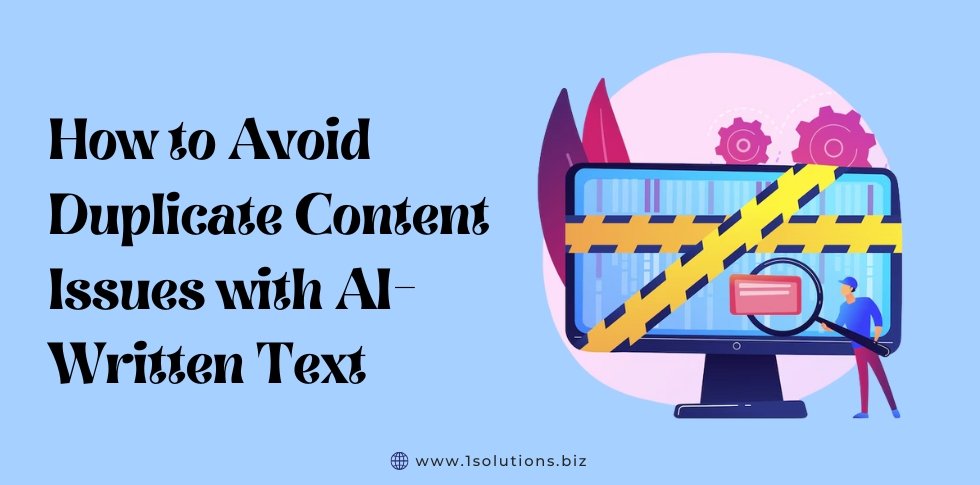
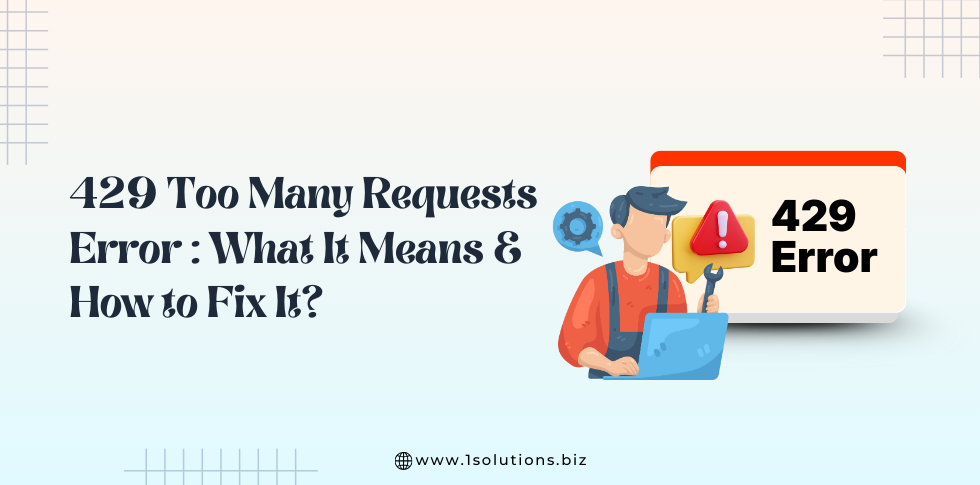
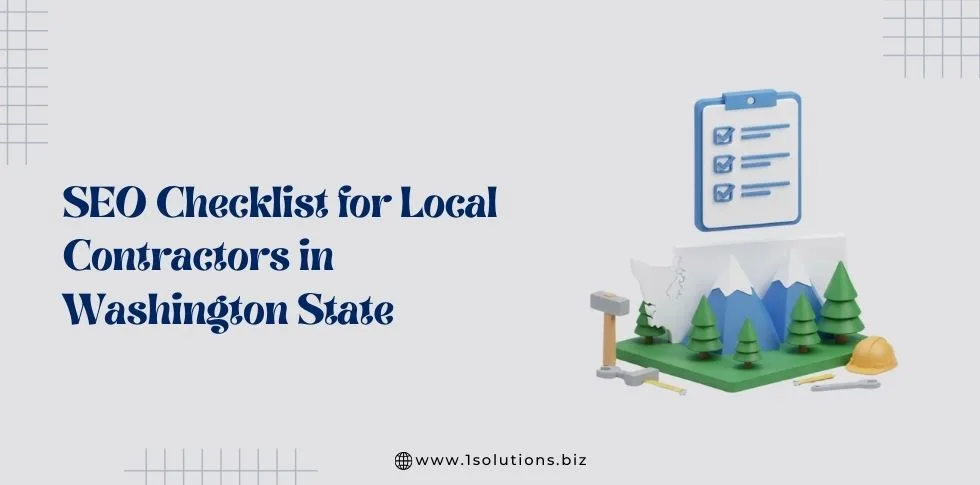
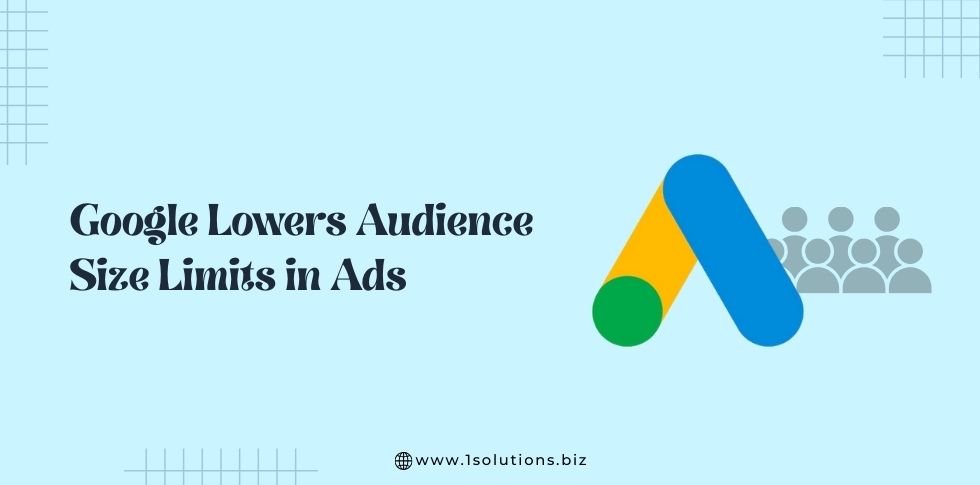

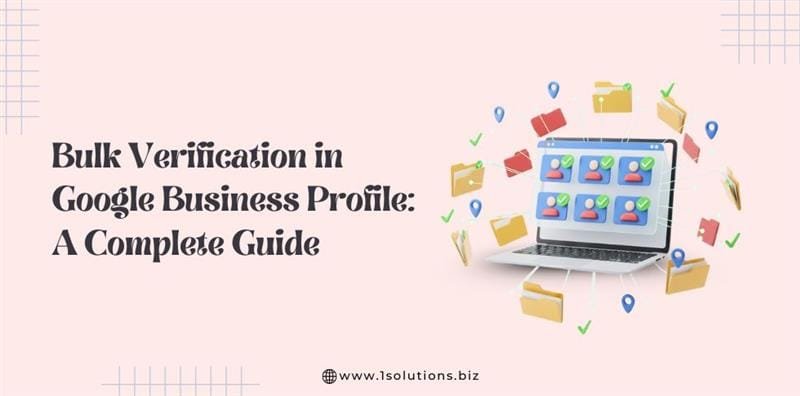
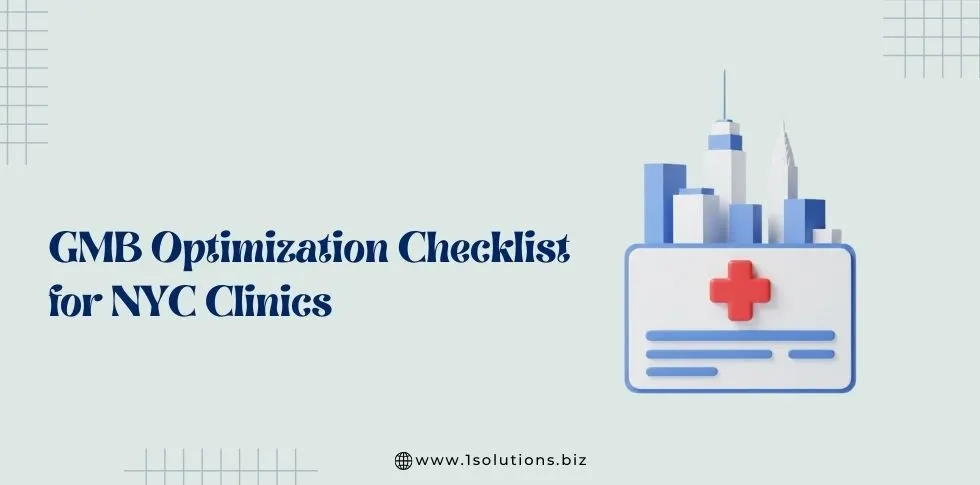

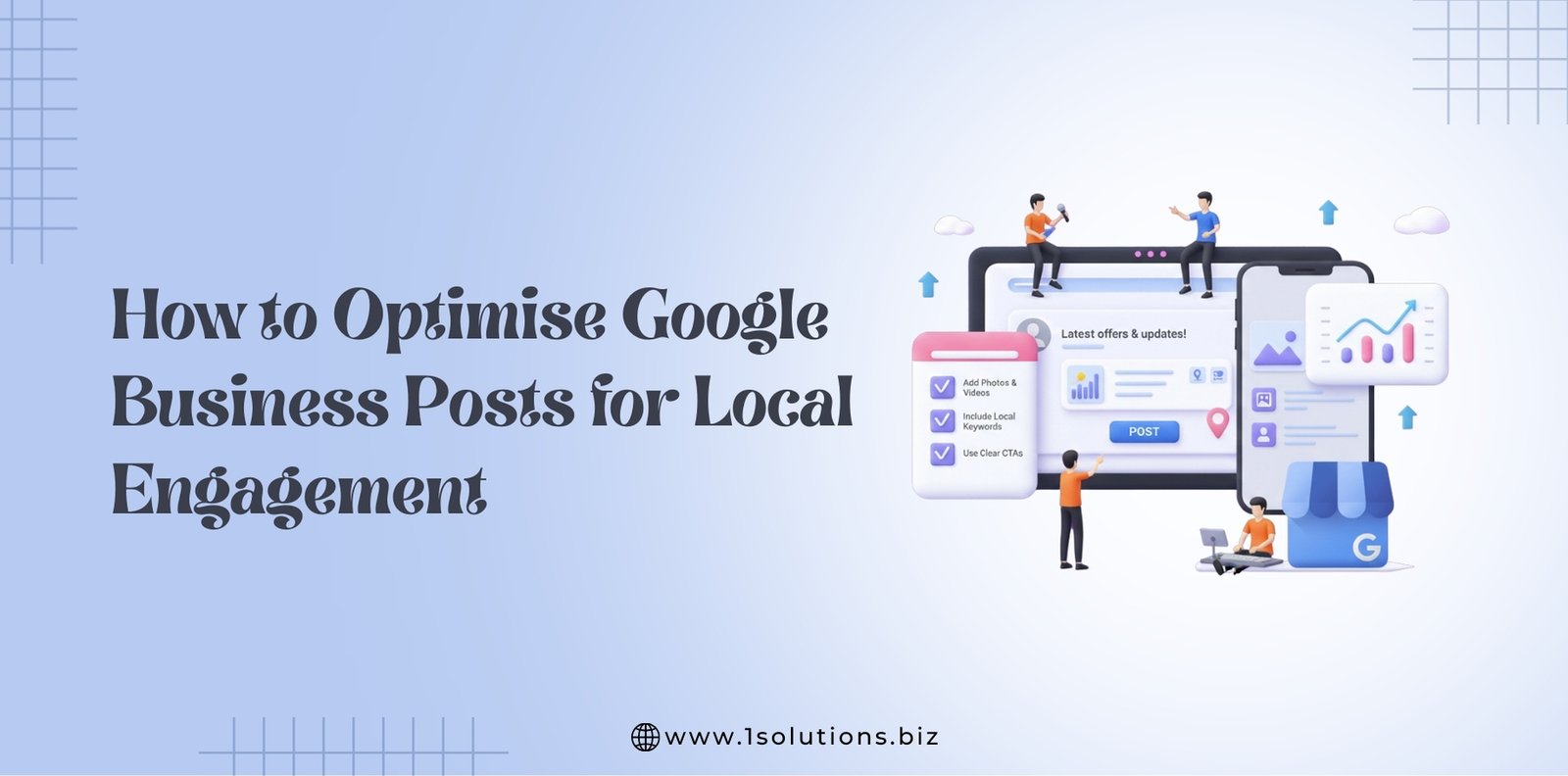




 in India
in India